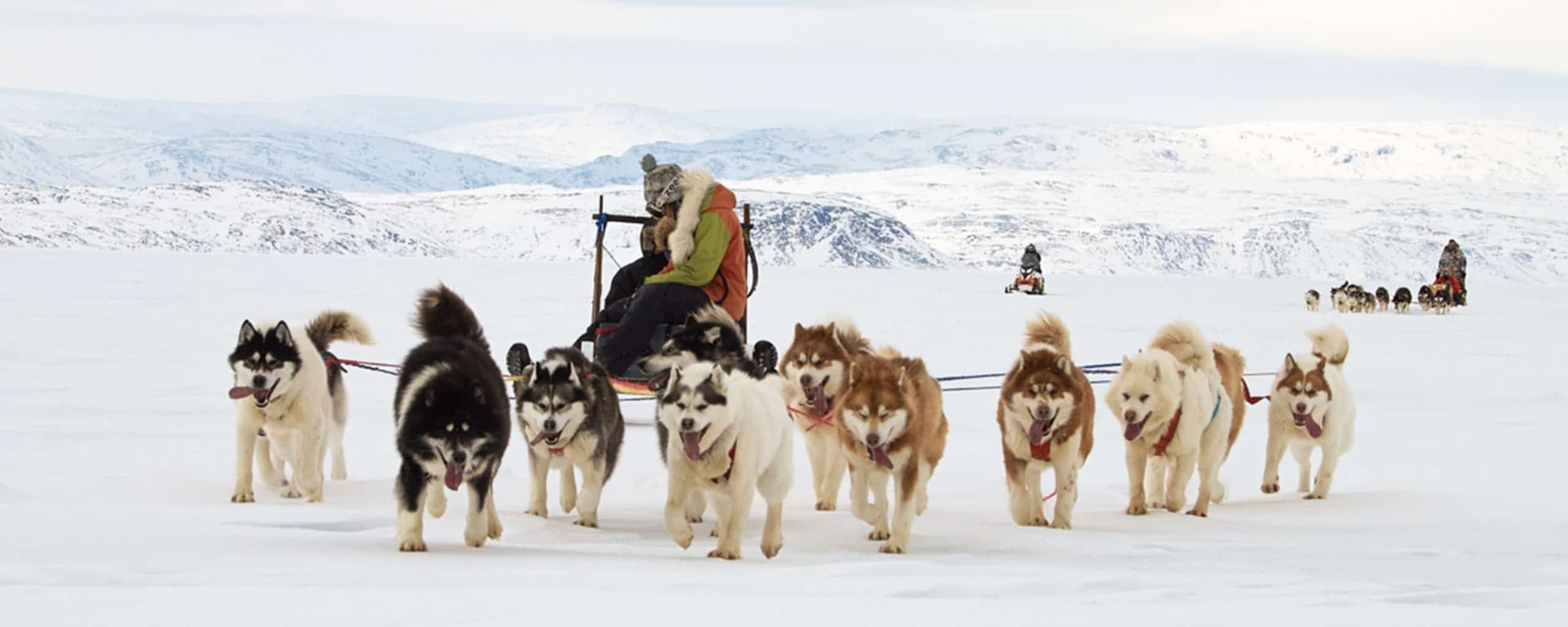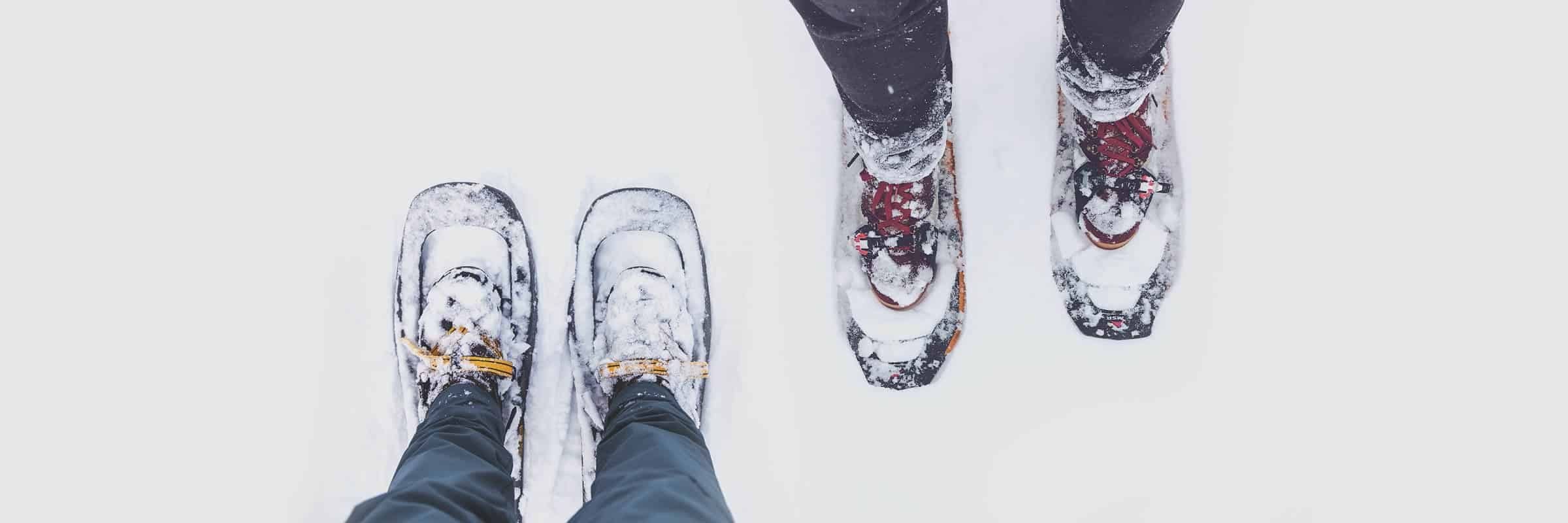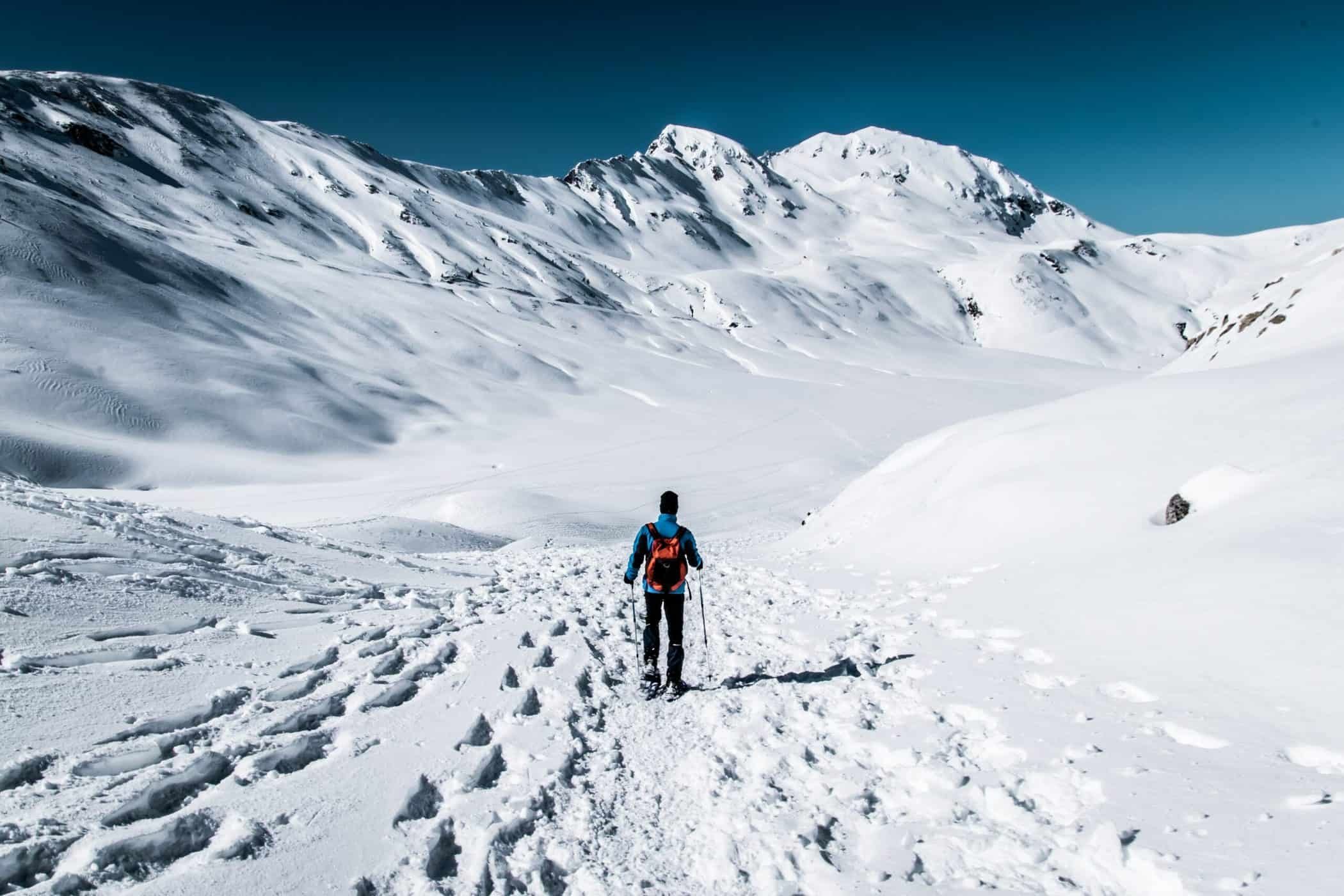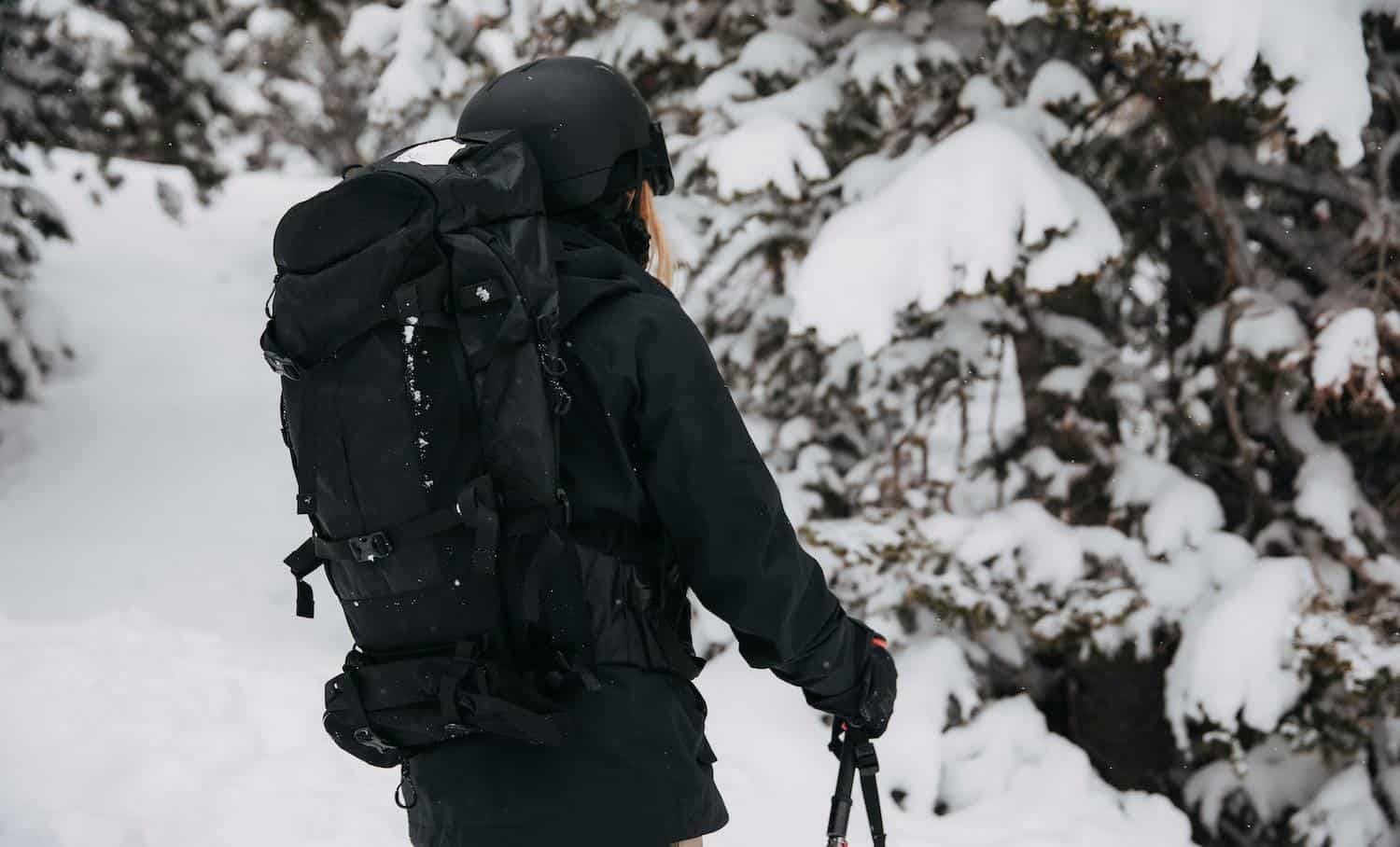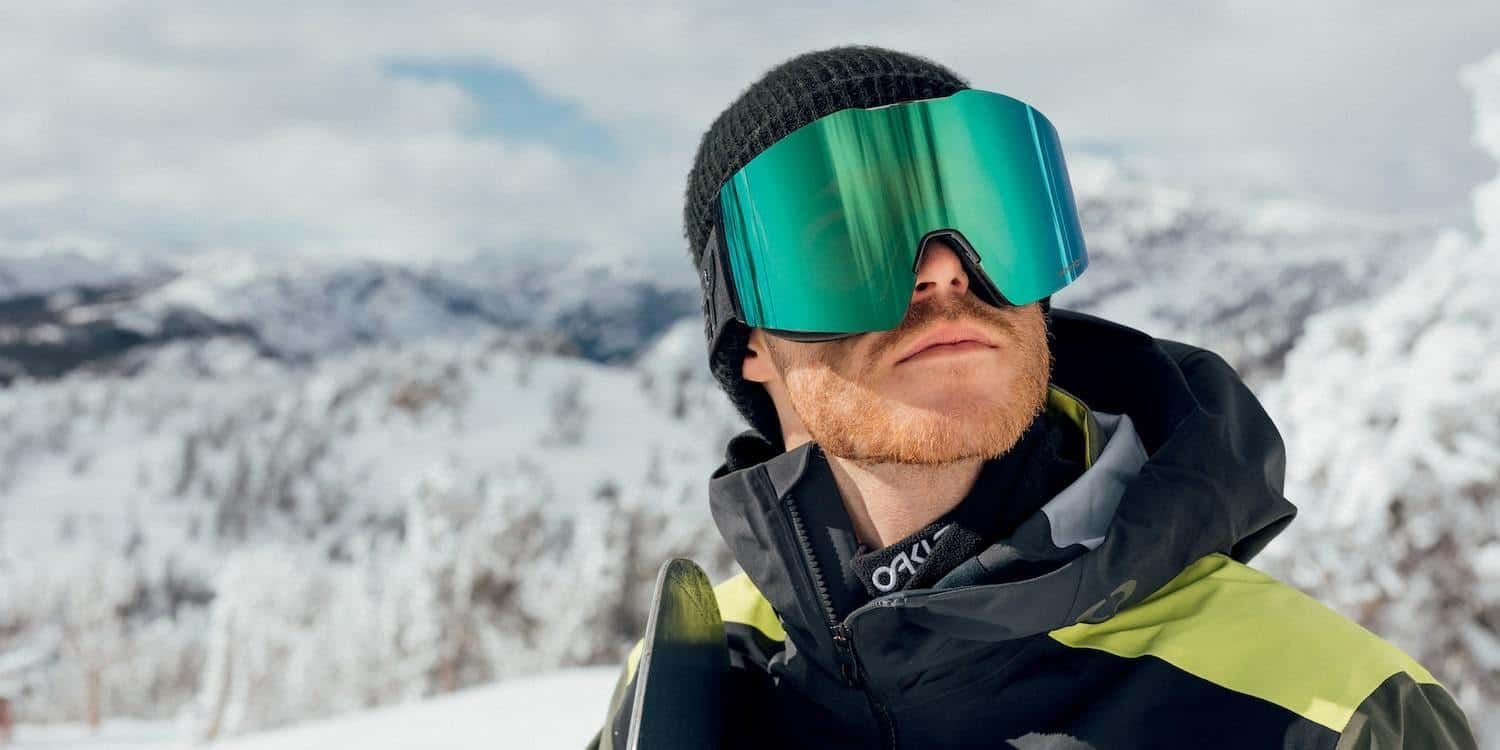Canada is a Northern country. Many may not realize this since most of us live along the Southern edge of the nation, but the geographical center of Canada is near Baker Lake, roughly two hours West of Iqaluit. There’s a whole lot of Arctic in Canada during the winter.

My guilty secret is that despite spending a lot of time in the Arctic in other countries, I’d never been to the Northern part of Canada. I can point to a few reasons for this, mainly that it’s expensive to travel up North in Canada, and getting around is difficult, but most of the blame falls squarely on me. In April an opportunity to finally go and do some work for Destination Nunavut presented itself, and I leapt for it. We had a number of places on the list, but as is true for most expeditions to cold climates, one must manage expectations. As it turned out, a planned visit to Auyuittuq National Park had to be cancelled because Parks Canada closed the park due to a lack of snow. This was unfortunate, but it just meant that other things were going to happen instead.


By far, the thing I was most looking forward to was getting back out on a dog sled. After dog sledding in Norway, I have been missing it every winter since. Dog sledding in Nunavut is different, though. First, the dogs are different. The dogs we were using were Canadian Inuit Dogs, or Qimmiq dogs, and were larger and had thicker fur than the Alaskan husky dogs in Norway. Honestly, I felt more at home with the Qimmiq dogs because I had Malamutes at home when I was growing up.


The dogs were harnessed differently, too, with a fan system used instead of a central tandem line. The tandem line is probably better for making sure that each dog pulls, and is probably better for navigating through forests or around other tall obstacles, but the fan system allows dogs to maneuver around smaller obstacles or encircle prey when being used by teams on the hunt. The sleds are different, too. The Inuit use sleds called Qamutiik, a boxy wooden sled with runners designed to be pulled efficiently behind a dog team or snow machine. The sleds we had in Norway looked more like the sleds you see being used during dog sled races.


Regardless of the differences, the experience was still amazing. The expectation, the barking and howling, the dogs get excited and ready to go, and then the initial burst of speed, and then … silence, as the team settles into a rhythm, moving over the frozen landscape. The landscape is stark but beautiful as the sun pokes through the clouds and creates a fleeting light show on the distant mountains surrounding Frobisher Bay.


Despite not getting into Auyuittuq National Park, I still managed to get up to Pangnirtung, which is the community acting as a gateway to the southern part of the park. From the community, the fjord entrance to the park is visible, although Mount Thor and Mount Asgard remain hidden from view. Next time! I am already tentatively putting together a plan to go back and revisit the area. There is an opportunity to head North first, via boat, and then hike down across the park to the south entrance. Doing this in the summer months would provide a fantastic contrast to the icy landscape currently there. I’d love to see all of the small flowers in bloom, and maybe also finally see an arctic fox or two in their native habitat.
Share on

